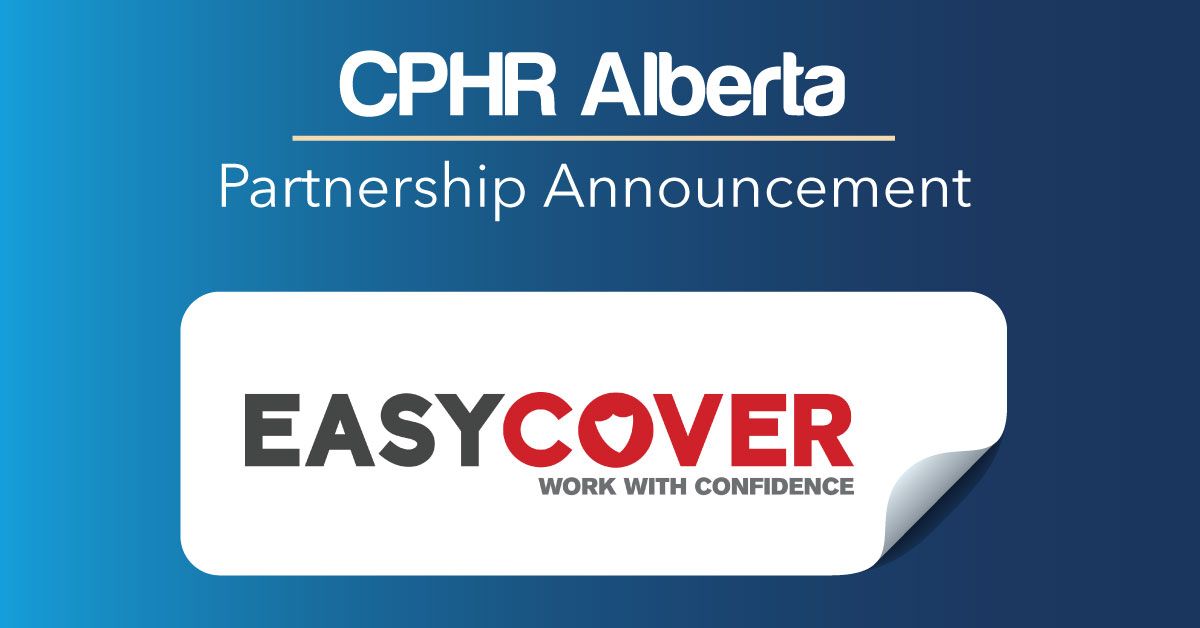
CPHR Alberta Renews Partnership with EasyCover

We are excited to renew our partnership with EasyCover, to offer CPHR Alberta members discounted rates on professional liability insurance.
Human resources revolves around providing professional HR advice and services. Unfortunately, mistakes and claims of negligence do happen, resulting in costly defence litigation. Protect your career and reputation with EasyCover - It’s easy to get the protection you need to work with confidence.
Members can access more information on how to get a policy in their member portal.
EasyCover professional liability insurance is the only policy that offers protection if your HR advice and services are brought into question. Whether the claim made against you is just or unfounded, professional liability insurance can help cover losses in such situations, including legal expenses and lost income due to court appearances. Members can learn more about professional liability insurance in their member portal.
EasyCover Member Benefits
- Preferred rates for CPHR Alberta members.
- Comprehensive coverage.
- Low deductibles starting at $250.
- Easily request a quote and purchase a policy online.
- Pay premium in full or choose a monthly installment plan.
- Bundle professional liability insurance with other coverages, including commercial general liability and cyber liability.
“We are happy to offer our members a unique form of coverage specifically designed to protect professionals, an important step towards aligning our practices to becoming a self-regulated profession”, says Ioana Giurca, “ensuring our chartered members can practice with confidence, it supports their growth and, respectively, the organization’s bottom line.”
To get a quote and professional liability insurance policy, visit your member portal.
About EasyCover
EasyCover specializes in providing professional liability insurance and is one of the only brokerages in Canada that is completely accessible online 24/7. The entire process — from getting a quote to purchasing your policy — can be completed online in a matter of minutes. That said, our team of experienced and expert professional liability insurance brokers are available to answer your questions and provide guidance throughout the claims process. Discover just how easy EasyCover makes professional liability insurance here .
The views and opinions expressed in this blog post belong solely to the original author(s) and do not necessarily represent the views and opinions of CPHR Alberta.





